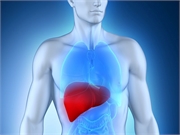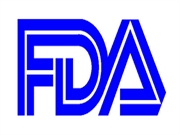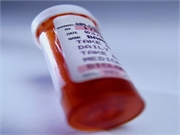Proton Pump Inhibitors May Up Fracture Risk in Children
Small but significant risk seen for upper-limb and lower-limb fractures
CDC: Prevalence of Any Past, Present Hep B Infection 4.3 Percent
Prevalence of HBV higher for men than women; vaccination higher among women than men
ACC: Many Seniors Hospitalized for Heart Failure Not Tested for CAD
Rates of testing for coronary artery disease higher for heart failure patients with LVEF ≤40 percent
Many Children in the United States Still Have Poor Diets
More than half of children aged 6 to 11 years, 12 to 19 years estimated to have poor diet in 2015-2016
More Steps in a Day Tied to Lower Risk for Death
Step intensity not linked to significantly lower mortality risk after adjusting for total steps per day
Triple Therapy Cuts Mortality in Patients With Symptomatic COPD
All-cause mortality risk significantly lower for triple-drug regimen versus one of two dual-drug regimens
FDA: Insulin Among Drugs Transitioned to Biological Products
New regulatory pathway for biologic drugs allows for approval of biosimilars, interchangeable versions
Shortages Seen for Drugs That Show Promise Against COVID-19
Patients who currently rely on remdesivir or hydroxychloroquine now facing dangerous shortages
Recommendations Issued for Pediatric Abuse-Related Head Trauma
Recommendations for pediatricians include remaining vigilant for signs, consulting subspecialists
Sleep-Disordered Breathing Tied to Brain Changes
Greater amyloid burden seen in regions of the brain tied to Alzheimer disease














